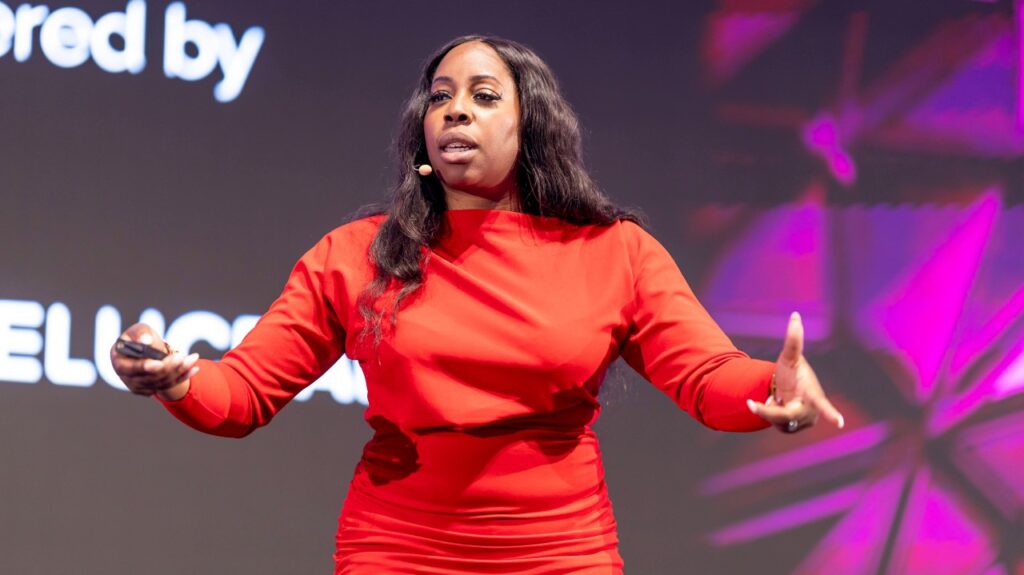
For more than a decade, I have been deeply embedded in the world of diversity, equity, and inclusion (DEI). From facilitating leadership training across sectors to advising executive teams on embedding inclusion into strategy, DEI has not only been part of my work it has been a reflection of my values.
But today, the environment has changed.
Recent legislative shifts, particularly Executive Order 14151 and the Supreme Court’s ruling on affirmative action, have fundamentally altered how DEI is viewed, funded, and implemented especially in the United States with a definite impact on the rest of the world.
What once felt like momentum now feels like fragility. No one wants to commit, no one wants to spend on DEI solutions. Terms like “equity” and “privilege” are scrutinized, and leaders who once championed DEI openly are now proceeding with caution. Just last week, I was talking to a US financial institution and they told me categorically that there is a pause on funding simply because they were not sure in which way the company was heading.
And while I remain deeply committed to the principles of inclusion, I, too, have had to adapt. Not because the mission has changed, but because the context has. And in this context, we need to speak a new language.
So, what does inclusive leadership look like in this new era?
1. Inclusive Leadership is now culture-centric, not compliance-centric
In the past, many DEI efforts were driven by legal mandates or external pressure. That world is shrinking. Now, inclusive leadership must focus on building cultures of belonging because it makes business sense, not just because it ticks a box.
Inclusive leaders:
- Foster psychological safety so everyone can contribute meaningfully
- Build trust through transparency and consistent values
- Encourage diverse thinking as a lever for innovation
These aren’t just feel-good actions; they are the foundation for agile, resilient, and high-performing teams. Salesforce are a perfect example of linking inclusion directly to business performance. They see equality as a core value, not just a policy.
2. Inclusion must Be embedded in leadership, not isolated in HR
Being a HR professional of more than 25 years, i understand that Inclusive leadership is not something HR “does” it’s something leaders live. There must be a shift in 2025 where:
- Performance reviews rewards inclusive behaviors
- Strategic planning involves voices from across the spectrum
- Team norms reflect shared values of respect and empathy
I’ve argued this for years and continue to: If inclusion is everyone’s business, it must be in everyone’s metrics.
3. The language of inclusion needs to evolve
Polarizing terminology can inadvertently shut down progress. Leaders should avoid jargon that creates division and better communicate values in ways that unify rather than alienate.
This is not about erasing identity… but rather it’s about connecting through common ground.
4. Metrics, measurement, and meaning
President Trump issued Executive Order 14151, titled “Ending Radical and Wasteful Government DEI Programs and Preferencing,” (“EO 14151”) seeking to end DEI programs and offices across the federal government. Since this order was issued, the federal government has taken significant actions to remove virtually all DEI initiatives across the federal government, including eliminating all DEI-related personnel and offices. What does this mean for us? It means that Inclusive leadership in this new era must be evidence-based. Leaders need to ask:
- What data are we using to assess our culture?
- How do we track belonging, trust, and engagement?
- What stories are our people telling about their experience here?
measurable transformation is hard to shut down and ignore. Fact!!
5. Safe space for honest dialogue Is a strategic imperative
The backlash against DEI has left many leaders uncertain. One company I spoke to said, they rather say nothing and do nothing in case they get it wrong. They don’t want to be accused of overstepping. But silence is not a strategy. That’s why we’re inviting senior leaders to a complimentary roundtable discussion to unpack what this shift means for them in a private, respectful, and safe environment.
This roundtable is not a sales pitch. It’s a strategic pause. A space to:
- Share challenges with peers
- Learn from adaptive leaders
- Explore how to recalibrate your inclusion efforts without fear
If you’re navigating this shift and wondering how to lead inclusively in an era of increasing scrutiny, I invite you to join the conversation.
To protect your privacy, feel free to directly message me if you’d like to be part of the roundtable.
The world is watching how leaders respond to this moment. Do we retreat, rebrand, or reimagine?
I believe we must reimagine.
Inclusive leadership is not dead. It is being redefined as we speak. The future of work and its readiness relies on leaders who are courageous and curious whilst being careful…
Let’s talk about how we do that, together.
Send me an email via info@thepeoplespartner.com or Get in Touch Here.

Michelle Raymond is an award-winning independent leadership consultant and trusted advisor to global companies, helping organisations build inclusive cultures that drive performance, trust, and transformation.

Leave a Reply